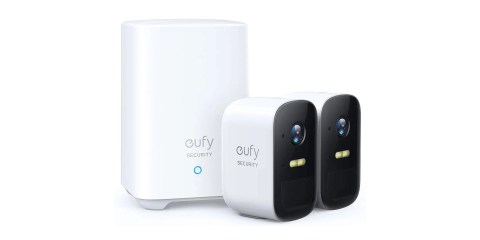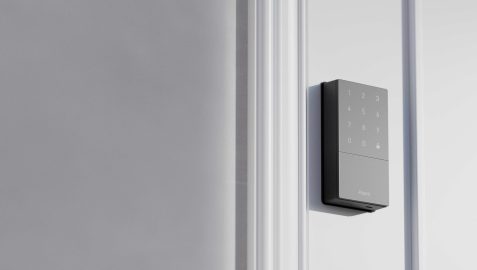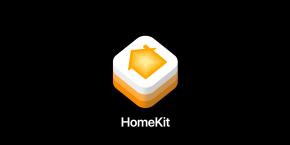
Onvis has been a long-time HomeKit device manufacturer, but I’ve just recently started using its products. One of the easiest ways to build out a smart home is by adding motion sensors in your home to automate lightning based on if someone is in the room or not. This week, I am looking at the Onvis HomeKit Motion Sensor.
HomeKit Weekly is a series focused on smart home accessories, automation tips and tricks, and everything to do with Apple’s smart home framework.
The Onvis Motion Sensor is more than just a motion sensor. It can also track temperature and humidity as well. It lacks a display, so that information will only be available inside the Home app or by asking Siri.
The main reason you want to add a motion sensor to HomeKit is to control other HomeKit accessories based on if motion is happening in a room. I have this particular motion sensor in our bonus room where my kids play and watch TV. The Home app can create specific automations if the sensor detects motion or if it stops detecting motion.
Adding to HomeKit and automating
The Onvis Motion Sensor runs off 2 included AAA batteries, so once you install them, you’ll want to scan the on-device HomeKit code using the Home app. As long as it joins your network successfully, you’ll be given the option to assign it to a room. Both the motion sensing and temperature/humidity sensors will be assigned to the same room.
If you don’t have it already, I would download the Onvis iPhone app as I had a firmware update that was available almost immediately. The app didn’t mention what was updated, but I figured it was smart to get it on the latest version anyways. After it was updated, I went back to the Home app.

During the onboarding of the device to the Home app, I was given the suggestion of “turning on the playroom lights” when the Onvis Motion sensor detects motion. While I appreciate the turn-key approach to building these automations, I want to customize it further. By heading to the Home app’s automation tab, I can configure the lights to only turn on during the day. My thought process was that if motion is detected at night and the lights are not already on, the kids are likely watching a movie, so I don’t want the automation to run.
The Home app also includes the option to include an automation for devices to change state if motion is no longer detected. You could build a second one to turn off the lights when the motion is no longer detected.
Wrap up on Onvis Motion Sensor
There are multiple HomeKit motion sensors on the market, but Onvis has a low-cost option that includes temperature and humidity tracking as well. If you’re just getting started on a smart home, adding a couple of HomeKit bulbs and HomeKit motion sensors is an easy place to start.
FTC: We use income earning auto affiliate links. More.







Comments